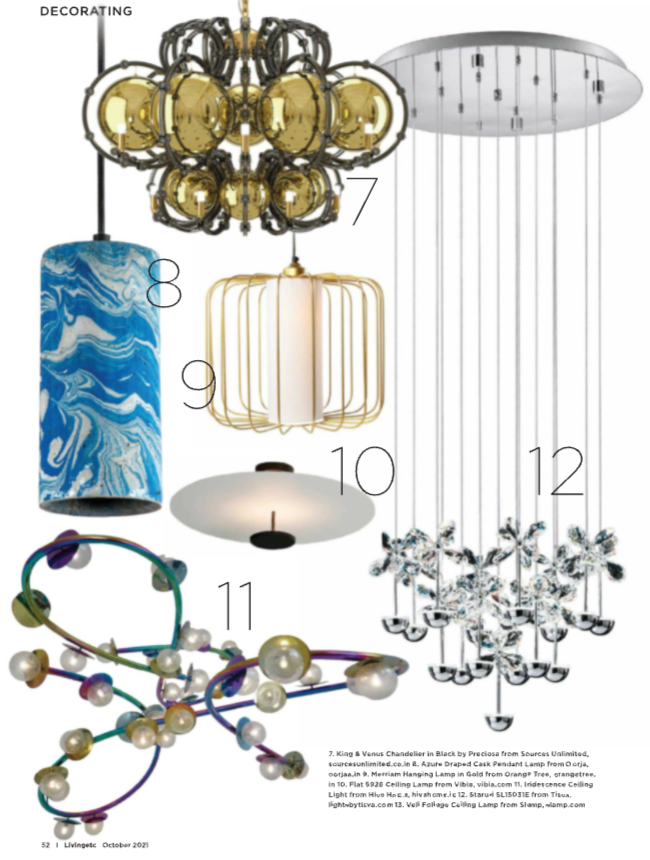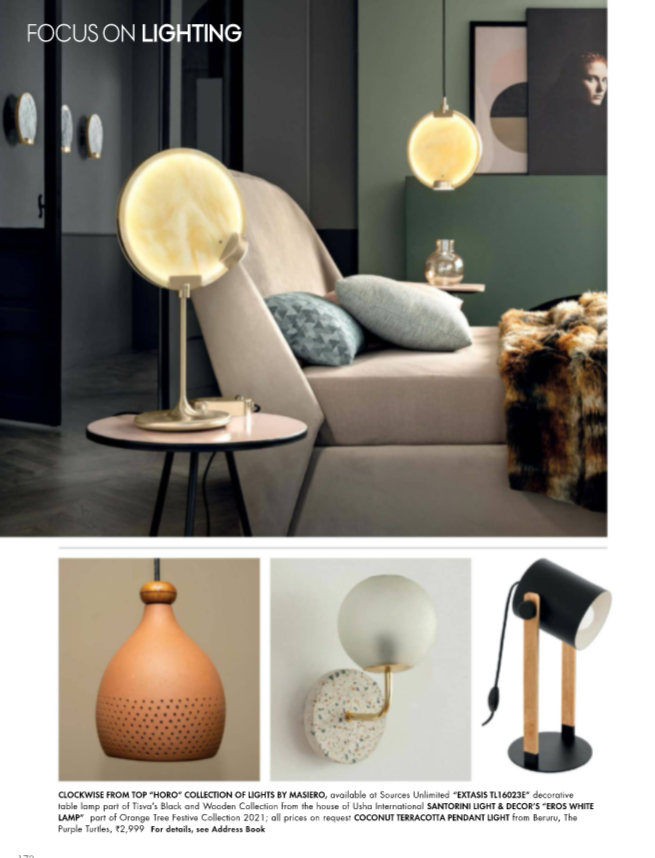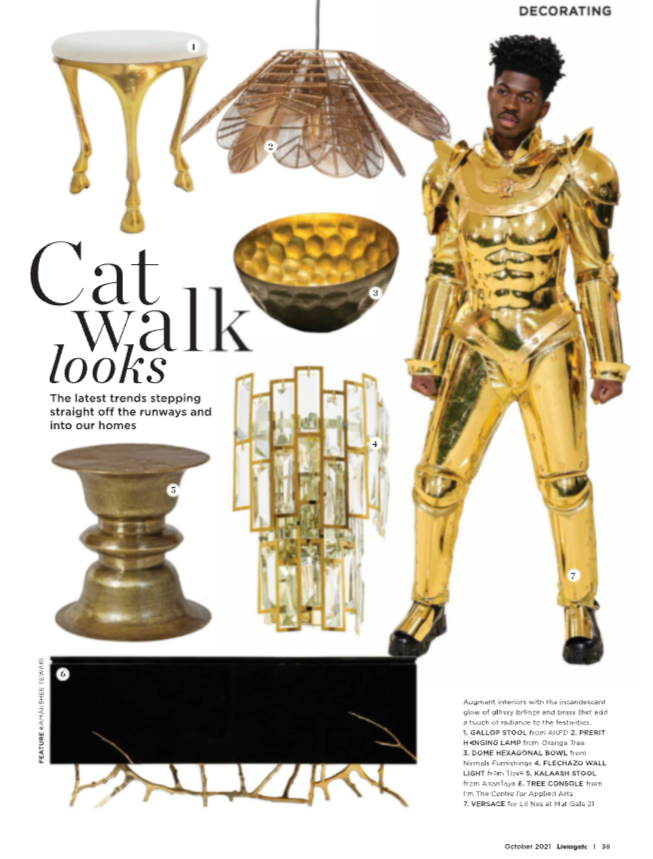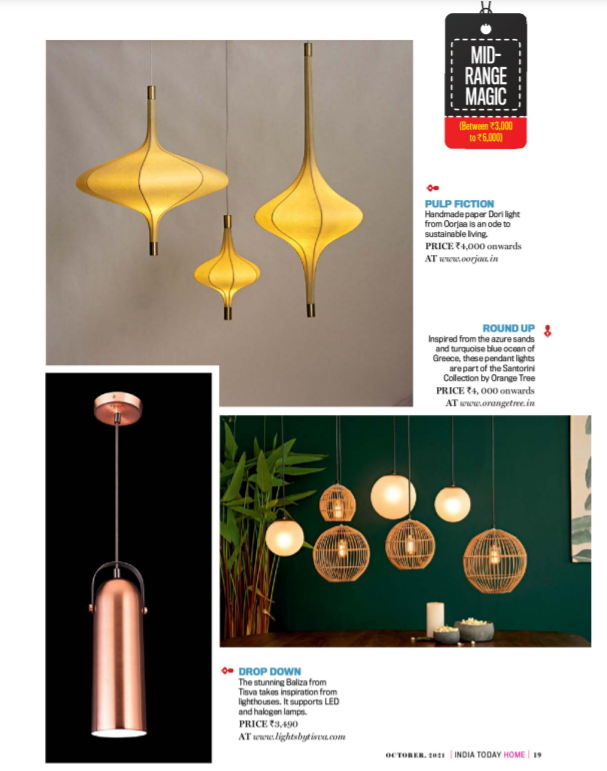What is Photometrics? No it is not about clicking photographs nor has it anything to do with your awesome photogenic face, neither it is the number of selfies you can click in a minute. It is a far more serious thing. It is the science of measuring light.
O’course you cannot measure light with the help of a ruler, or a weight scale. It is a little more complicated than that. To begin with you need to understand five terms associated with measuring light. Intensity, Flux, Illuminance, Exitance and Luminance.
Intensity: Does it mean how intense the light is? Well, in a manner, but it also takes into account the direction of the light. Thus intensity is the amount of light emitted by a source in a particular direction. It is measured in candelas (cd).
Flux: We know that irrespective of how much we focus light, it is bound to spread a little. This spread or the amount of light emitted in all directions is called Flux. It is measured in lumens (lm).
Illuminance: Yes, illuminance has to do with brightness, which is nothing more than the density of light (denser the light, brighter the spot). In other words it is the density of light at any given point on a surface. It is measured in footcandles (fc).
Exitance: No, we did not get the spelling of existence wrong. Exitance is a completely different term used to denote the total amount of light emitted, reflected or transmitted in all directions from a surface. It is measured in lumens per square foot (lm/ft2)
Luminance: Light that is reflected back (in a particular direction) towards the eye, is called luminance. It is measured in candelas per square foot (cd/ft2)
Let’s take an example: When you switch on a study lamp, the amount of light that falls on your book would be intensity, while the amount of light that lights up your surrounding area would be flux. Illuminance would be the amount of brightness the light throws over your book. Exitance would be the light that is reflected back from the surrounding objects and the book around you. And Luminance would be the light that is reflected back from the book to your eyes. Simple isn’t it?
Measurement Limitations
Illuminance is the most commonly used factor to measure light, as it is the easiest and least expensive. But what we actually see is Luminance, which is the light that reaches our eye after reflecting on objects and surfaces. Average luminace can be measured when we take the angle of falling light into count – more of that later. It is very hard to measure the amount of Exitance, since reflectance of user surfaces will vary. Some lamps do state Exitance at times; this value is derived from light reflected from a certain type of diffuse surfaces called Lambertian. These are surfaces which reflect light at similar angles and are named after the two dudes – a philosopher and a scientist – who discovered this phenomenon
Illuminance values do not take into count aesthetic, psychological or physiological factors. For example a Table Lamp and a Flash Light having the similar powered bulbs and placed at a similar position would produce very different results. We know that reading under a Flash light is bad for the eyes.
As for luminance (the amount of light reflected back in the direction of our eyes) it too cannot be measured precisely. As our eyes constantly keep adapting to our surroundings, for example – It takes the eye longer to adapt from light to dark, then dark to light. But, since luminance is the amount of light perceived by us, it becomes the most important factor while designing lighting features.
Luminous Intensity Distribution Curve
This curve denotes the luminance produced by a lamp in different directions, by a light source. It measures luminace taking the angle of the falling light into count. These curves are generally found on the back of lamp packages.
The graph below is one such diagram that you may find at the back of a lamp package/cover. Do not be alarmed, it is kind of easy to read. The graph represents the luminance intensity of the lamp, when placed at different angles. For example say your table light is angled at 30 degrees from the book you are reading. Spot the 30 degree in the outer circle and move in towards the centre where the line meets the polar curve. This point denotes the luminance intensity of the lamp at 30 degrees. In this case it is between 1500 and 2000, at 1850.Asymmetrical lamps such as (Fluorescent lamps) are likely to have more than one polar curve. For Light sources with directional distribution (focused light) like Reflectors, it is difficult to determine luminance through the circular curve, as a simple angle change results in major shift in light distribution. For such sources a rectangle graph is used to denote Luminance.
Recommended Illuminance Value
Illuminance as we know is the density of light on a particular spot. For all commercial purposes this place is taken to be a horizontal plane which is 2 feet, 6 inches Above Furnished Floor (AFF) – the height of a standard work desk. This is so because the density of light changes with distance. Thus all illuminance values that are featured on lamps are based on this.
There are many limitations of such values. Firstly irrespective of the place to be used (corridor, basketball court etc), the illuminance value has been measured at 2feet6inches AFF. Secondly it applies to only horizontal surfaces not vertical ones. And lastly it doesn’t take into count aesthetics, emotional and psychological impact of the light, through the creation of sparkles, streaks, shadows etc. (for example low illuminance value may mislead resulting in creation of dull social spaces)
True illuminance value needs to take into consideration three factors: The Task at Hand, the vision of the worker (how good the eyesight in question of the young or old worker is) and the importance of speed and accuracy of the work being done. However, most people follow the standard table listed at the end.
Illuminace Calculations
Even though there are many variables, the question how much illuminance is required for a certain task must be answered. This affects the design and performance of the luminaries being manufactured. For example a Study Lamp will require a different illuminance value than a chandelier, and thus they must be not only shaped for the task differently but also have the capacity to perform the task in terms of watts, voltage etc.
The formula used is fc =L/D2 , where fc is Footcandles (the measurement of luminance), L = lumens (intensity of light) and D = distance of the work surface from the light source. This formula is used when light falls vertically straight (perpendicular to the surface). When light falls in a vertical angle, the angle too is added to the formula.
And if the light source is at an angle and the targeted area happens to be vertical: fc =L/D2 sin θ
This method is called the Inverse-Square method and its primary limitation is that: It doesn’t take into count any reflections and inter-reflections of the surface and objects in the surface area.
Average Illuminace Calculations
To ensure that a large area (hall, room etc.) receives adequate illuminace the Lumen Method is used. It is also known as the Zonal-Cavity Method. It predicts the average illuminanace over a horizontal plane/work area. It can be done by computer or even by hand (it is as simple as that). The formula used is:
FC = (Number of lamps X Initial Lamp Lumen X LLF X CU) / Area FC stands for Footcandles (measurement of illuimance).
Number of lamps is exactly what it says, the number of lamps present in the area (note 1 luminarie can have more than one lamp like in a chandelier). Initial Lamp Lumen This is published by the lamp manufacturers either on the packaging or the catalog. Area is self-explanatory (the area of the room). LLF = Light Lost Factor, is the amount of light a lamp loses over time due to the depreciation of the filament and dirt gathered on its inner surface. This is either published along with the lamp or can be found easily in lamp manuals. At times the manufacturer may give LLD (Lamp Lumen Depreciation) and LDD (Lamp Dirt Depreciation), instead of LLF. In that case multiply LLD with LDD to arrive at LLF.CU= Coefficient of utilization. This is the percentage of light output that is expected from a specific lamp in the area. In other words it states the efficiency of a particular light in the room/area. CU can vary due to many factors from light loss inside the bulb to the place used – a lamp in a large narrow room being more efficient than a similar lamp in a large wide room. Thus for practical purposes as it is not possible to calculate all these variables a simple formula is used to calculate Room Cavity Ratio (RCR). Then RCR is matched with the fixture manufacturer’s CU table to select the appropriate CU.RCR = 5(h)X(l+w) / l x w Where h= height of the ceiling from the task surface (the standard being 2feet6inches AFF); l = length of the room; w = width of the room.The limitation of such calculations is that it doesn’t reflect the correct illuminance at any certain point, which can be generated through computer generated calculations. The computer generated ray tracing method is the most accurate way to calculate illumimance at any and every point. This method traces every ray from the lights source as they fall on different areas.Surface Reflectance Since all surfaces reflect light it becomes important that they are taken into consideration while designing an interior lighting system. There are three types of primary surfaces Ceilings, Walls and Floors, that reflect light back. Since light after being reflected from these three types of surfaces reach various work areas, it is important they are taken into consideration.In task oriented spaces like Offices, factories and cafeterias, the following surface reflectances are recommended:
- Floor: 20-50%
- Wall: 50-70%
- Ceiling: 70-90%
In commercial places:
- Floor: 20%
- Wall: 50%
- Ceiling: 80%
n Industrial areas:
- Floor: 20%
- Wall: 50%
- Ceiling: 50%
The recommended reflectance for furniture, machinery, partitions and work
surfaces are:
- Furniture and Machinery: 25-45%
- Work Surfaces: 20-50%
Reflectance for room surfaces are obtained from the various paints, tiles,
coverings, used on the walls and ceiling. This is determined by the colours/hues
or coverings used, as follows:
- White, off white, light tints of blue or brown: 75-90%
- Medium Green, Yellow, Brown or Grey: 30-60%
- Dark Grey, Medium Blue: 10-20%
Dark Blue, Dark Green, Dark Brown and many wood finishes: 5-10%










